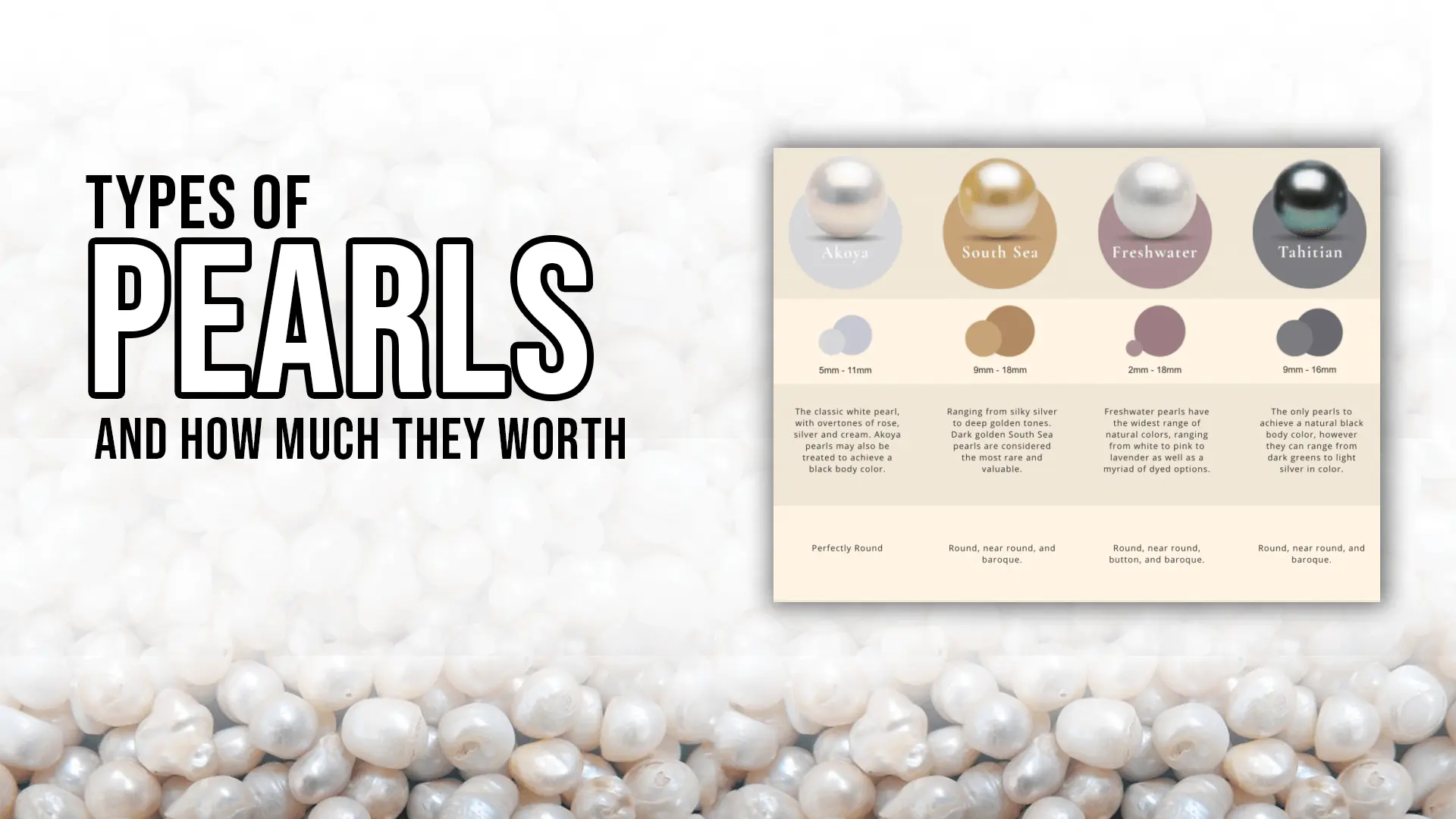Introduction
Before making a purchase, it is a good practice to research the product. When we are talking about gems known as pearls, it is essential to learn about them because they are the only gemstone from a living creature. This makes them different from other gems and jewelry. No doubt, this is the most used gem used in jewelry these days because of its beauty, color, size variety, and reasonable price. These priceless gems are created by mollusks like oysters and mussels, which mankind has desired since ancient times. The most common gems are still white and nearly circular while coming in a wide range of sizes and shapes. The exquisite beauty of pearls, which derives from their characteristic shine, sometimes referred to as a jewel’s luster, is well known. This is a quality of a pearl that the more you learn, the more you will want to learn about them. This article will help explore all pearl types and their value. Keep reading!
Difference between Natural Pearl and Cultured Pearl
Pearl is the most loved type of gem. It has two major types; natural and cultured pearls that are available in a variety of colors. The most known colors are white and creamy. Black, Grey, and silver are also fairly common, but pearls are available in almost every color. Overtones are additional hues that alter the primary color, also known as the body color. Overtones are often pink (also known as rosé), green, purple, or blue. Moreover, certain pearls exhibit the orient iridescent phenomena. Pearl is also a birthstone of June, both alexandrite and moonstone.
Natural Pearls
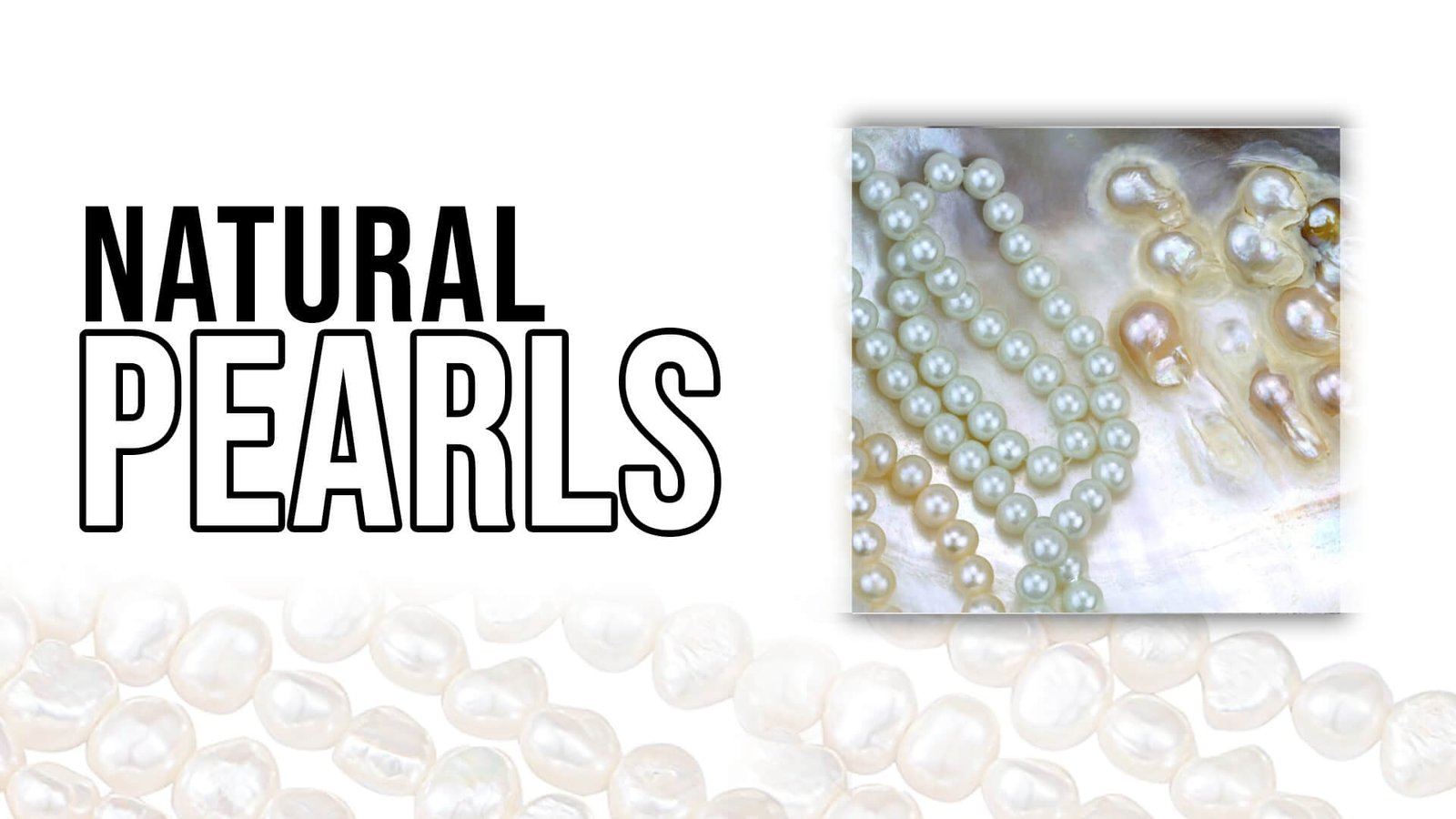
Natural pearls always develop without the aid of any kind of human being in the bodies or mantle tissue of specific mollusks, typically around a microscopic irritant. They are harvested in the wild. They are rarely available in the market due to a couple of reasons. The first one is that one of 10,000 mollusks produces a pearl in the wild. Secondly, the population of mollusks has decreased a lot because so many of them have been collected. Last but not the least, they are rare in the market, so they are rarely available or available at a very high price.
Cultured Pearls
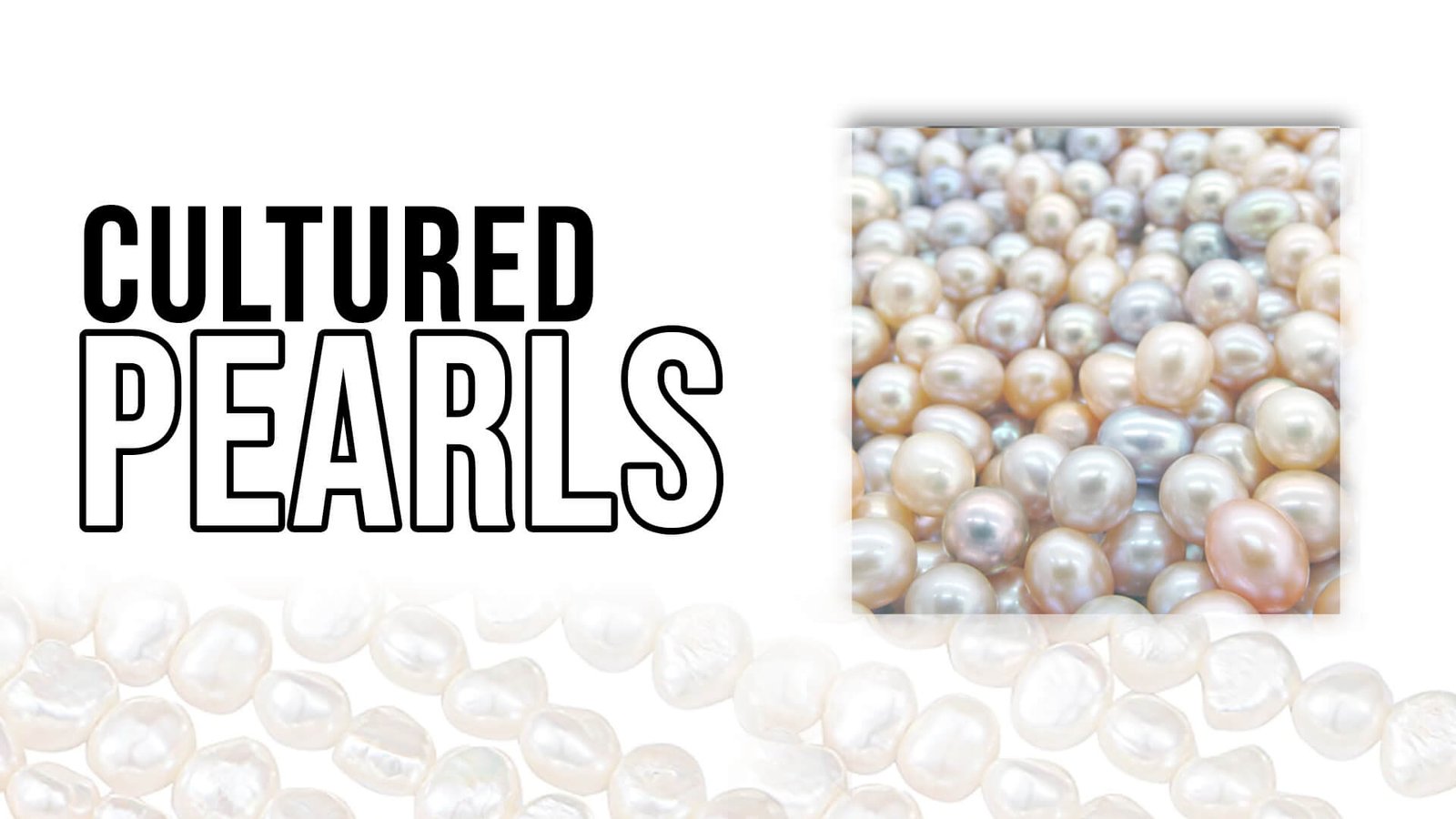
Cultured pearls need human attention and intervention to grow. Although some wild mollusks are still gathered and used, most of the mollusks used in the culture process nowadays are produced especially for that reason. For earrings, rings, and pendants, cultured pearls are frequently used as solitaires, pairs, or clusters or in bead necklaces and bracelets. Innovative jewelry makers prefer larger pearls in odd shapes.
Process of Harvesting Cultured Pearls
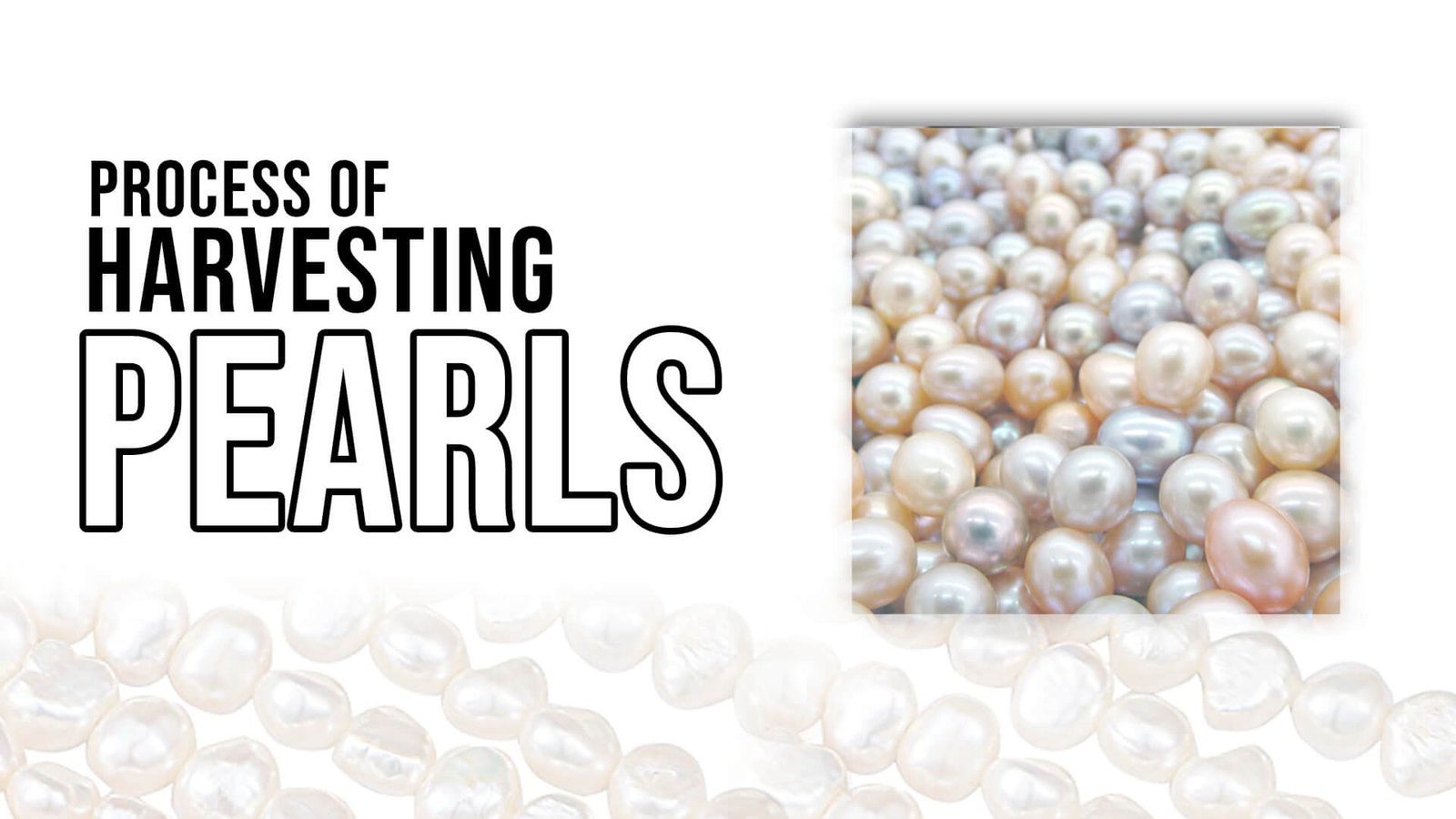
Harvesting cultured pearls involves several steps, including:
Implantation
A small amount of mantle tissue and a nucleus formed of shell or bead material is surgically implanted into a mollusk’s gonad.
Pearl Formation
The mollusk then starts to deposit layers of nacre (a calcium carbonate and protein combination) around the nucleus, forming a pearl.
Cleaning
The pearl can be collected after a few months to a few years. The pearls are extracted when the mollusks are gently opened.
Arranging
The pearls are then arranged according to size, shape, color, and quality.
Drilling
The pearls are prepared for use in jewelry or other decorative objects by being drilled after they have been sorted.
Polishing
The last step is polishing, which brings out the pearl’s shine and highlights its beauty.
Types of Pearls
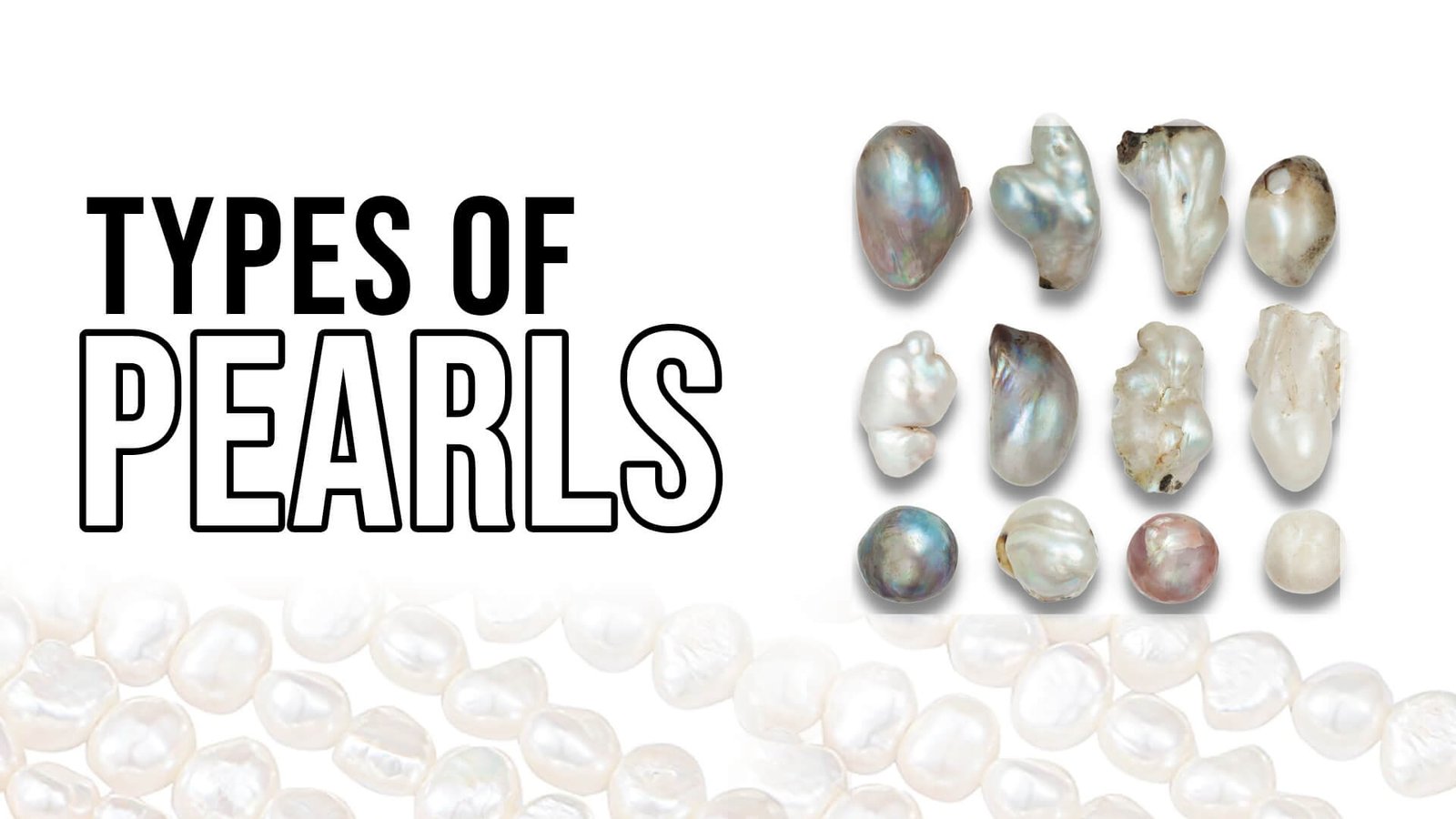
As natural pearls are rarely available in the market and our main focus is cultured pearls. Now we are going to discuss different types of cultured pearls and their prices. Four major types of cultured pearls are as follows:
Akoya Cultured Pearls
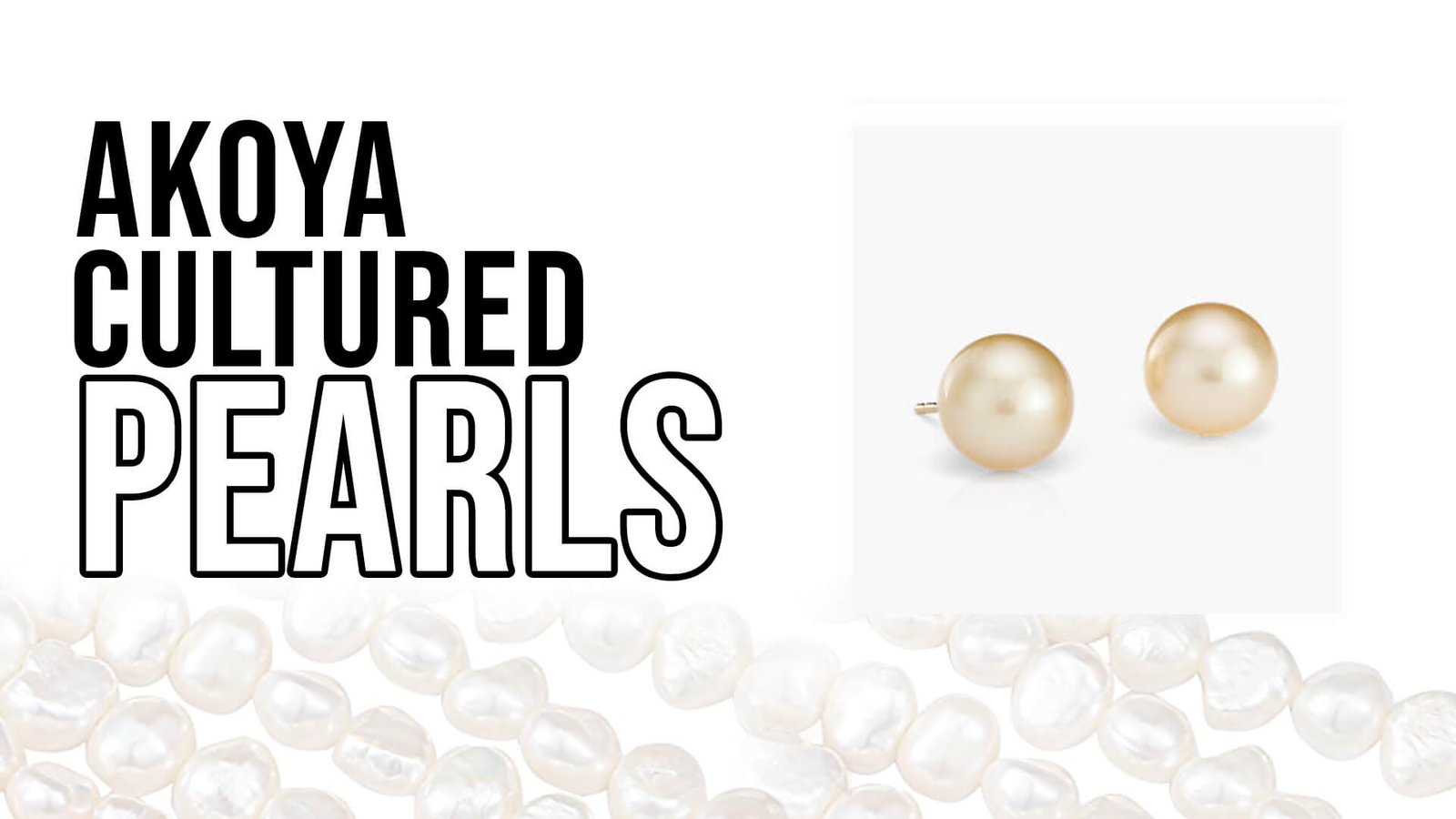
Japan and China are the main producers of Akoya cultured pearls. This is a most familiar type of saltwater cultured pearl and is common in the markets of the United States and other Western markets. Many people think that this is the best pearl for a single-strand necklace. As far as color is concerned the choice most people is white or cream-colored Akoya for their jewelry. However, natural Akoya pearls grown in a species an extremely rare.
Worth of Akoya Cultured Pearls
The cost of this pearl depends on its quality of it. A low-quality Akoya pearl will be less than $100. Cost of average quality Akoya pearl will cost from $150 to $300. However, the price of good quality Akoya pearl will start from $600 up to $6000 and maybe more.
South Sea Cultured Pearls
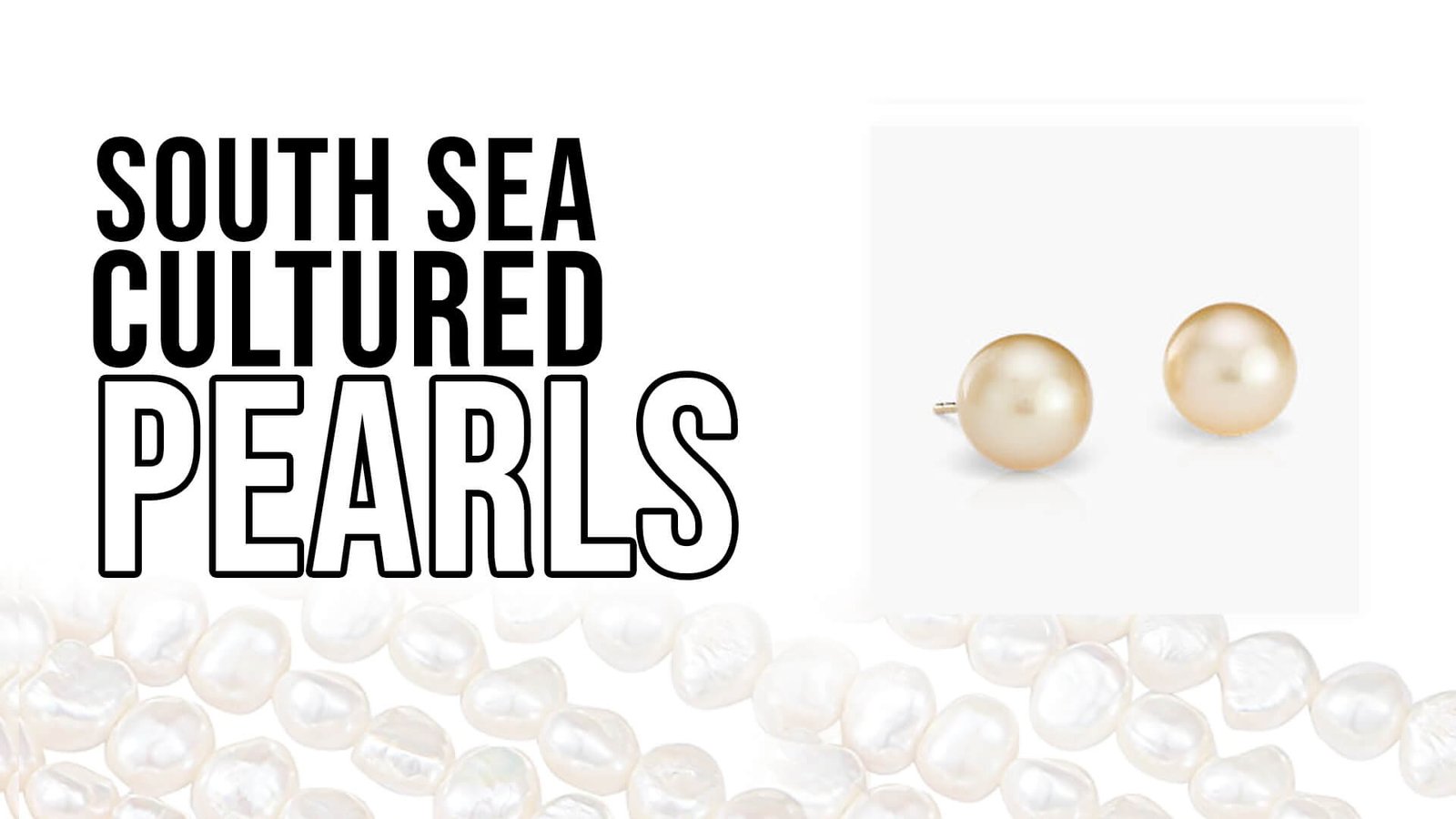
Leading suppliers of these saltwater-farmed pearls are Australia, Indonesia, and the Philippines. Depending on the type of oyster used, South Sea cultivated pearls can range in color from white to silver or gold. Due to their great size, thick nacre, prolonged growth period, and scarcity of essential growing circumstances, they are valuable. They are farmed in the largest pearl oyster, pinctada maxima.
Worth of South Sea Cultured Pearls
They are the largest and the most expensive of all the pearls. The lowest quality south sea pearl will cost you at least $200. If you increase its quality a little bit, its range will be from $250 to $450. The best and fine quality south sea cultured pearls start from $1200, which we know is not an affordable price for anybody. It’s not only that. It’s just a starting price. The price will go up to $135000 and above if you want to get the best of the best quality south sea cultured pearls.
Tahitians Cultured Pearls
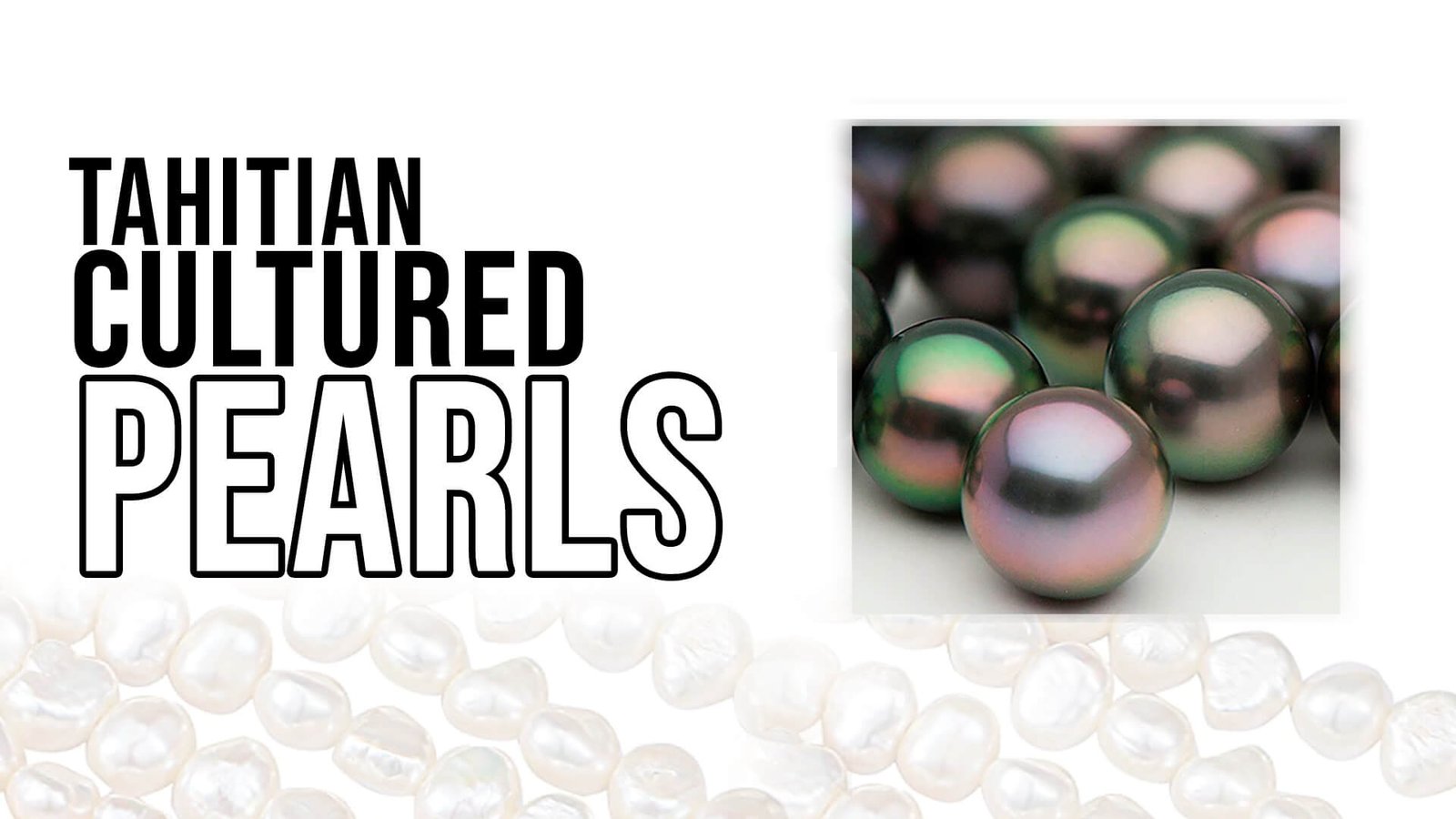
They have mainly grown nearby the islands of French Polynesia (the most familiar of these is Tahiti), Fiji, the Sea of Cortez, and the Cook Islands in the blacked-lipped oyster called Pinctadamargaritiferacumingii. These saltwater cultured pearls, often known as black pearls, come in a variety of hues, especially in dark natural colors. They could be grey, black, or brown with overtones of blue, green, purple, or pink.
Worth of Tahitian Cultured Pearls
The cost of below-average Tahitian cultured pearls is approximately $250. If it is of average quality, its price ranges from $250 to $600. However, if you are getting a fine quality Tahitian cultured pearl cost will range from $1000 to $36000 and more, depending on the source of the pearl.
Freshwater Cultured Pearls
The most often produced pearls are freshwater cultured pearls, which are also one of the most popular pearl kinds among consumers and jewelry designers. This is because they come in a stunning variety of sizes, shapes, and colors and are readily available commercially for less money. They are often raised in freshwater ponds and lakes, frequently with many pearls growing in a single oyster. The main supplier of freshwater-farmed pearls is China. They grow them inside the Hyriopsiscomingii mollusk in rivers, lakes, and ponds in China. In recent years, their production has also begun to increase in Southeast Asia.
Worth of Freshwater Cultured Pearls
They are the cheapest of all the pearls. Its lowest price is $20 for a low-quality freshwater cultured pearl. Its price ranges from $30 to $50 for an average-quality pearl. When you are looking for a good quality pearl, it will cost you between $65 to $5000.
Natural Saltwater Pearls
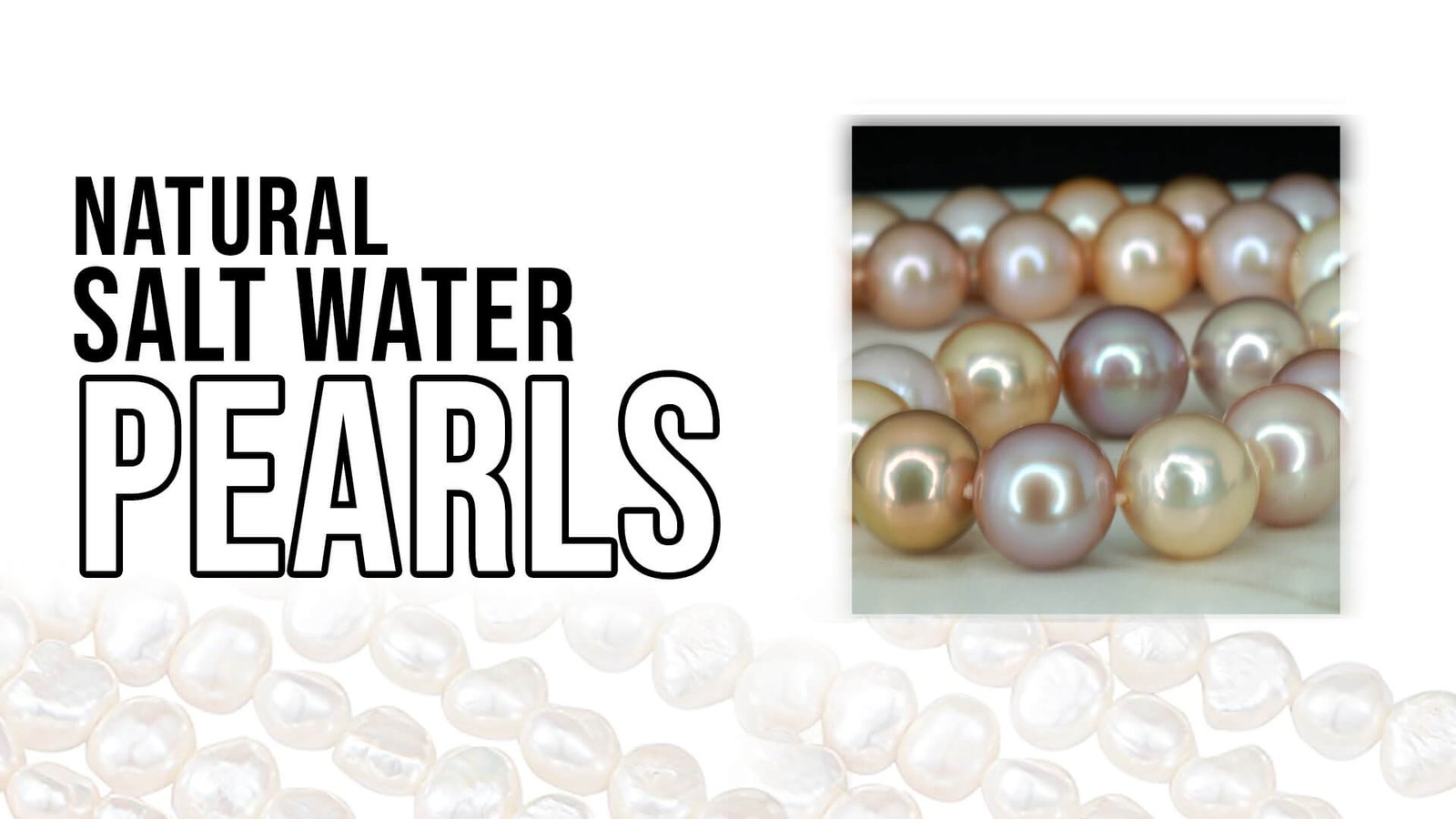
I would like to discuss another type of natural pearl with you. The Pinctadaradiata and Pinctadamargaritifera species of natural saltwater pearls are indigenous to the Arabian Gulf. Due to their extreme rarity, these natural pearls can range in price from $500 to more than $2,000 per pearl. They are so expensive that a normal person can’t buy them.
Factors that can increase the worth of Pearls?
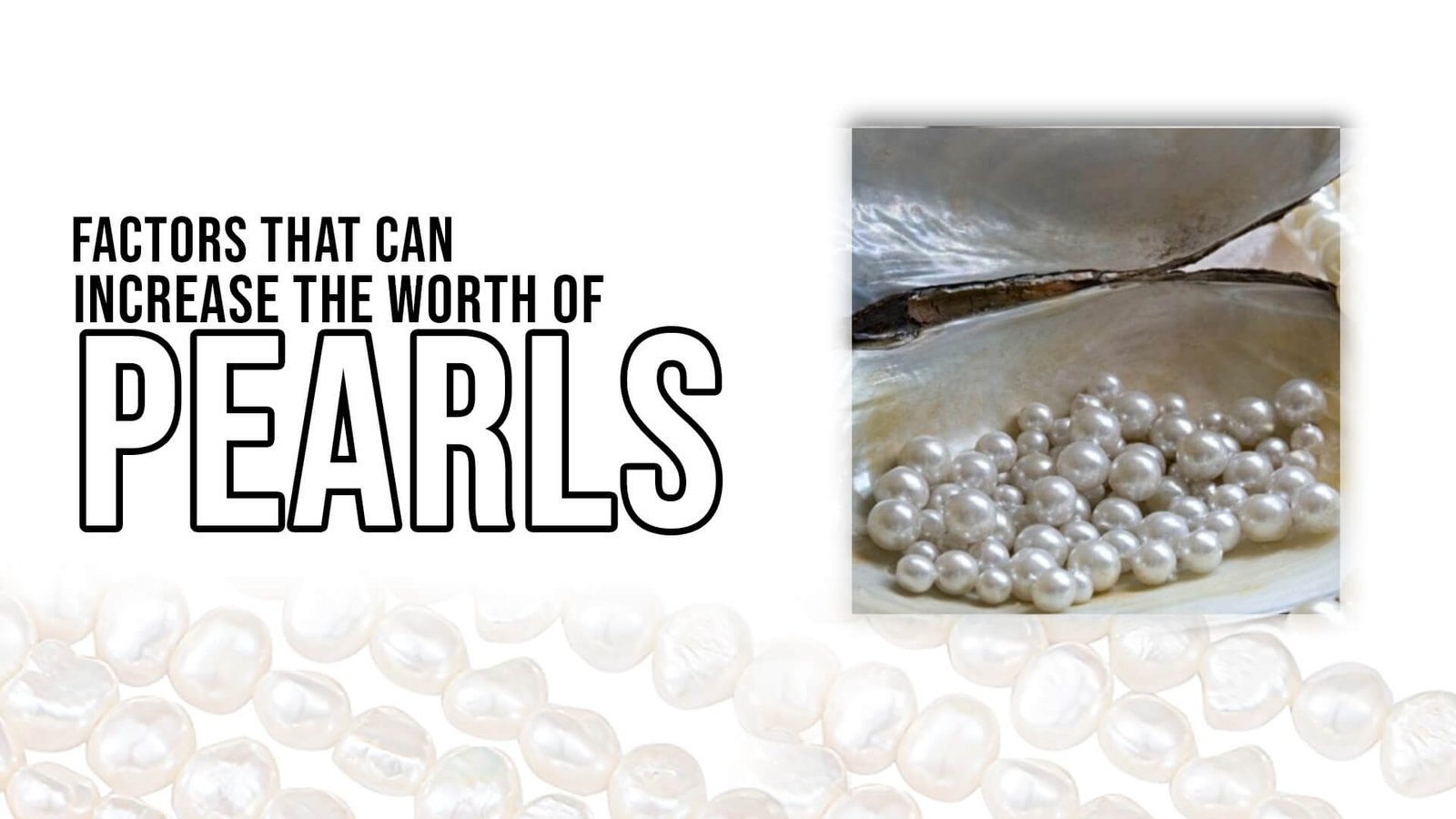
Some factors that can have an impact on the value of pearls are as follows:
- The color of the natural pearl significantly influences its value of a pearl. The body color, overtone, and orientation are its three components.
- The shape can also increase the value of the pearl. The most valuable pearl shape is perfectly round.
- Size also matters, but it depends on the type of pearl. It should not go above the range of the respective type of pearl. The larger the size, is the higher the prize will be.
- Pearl Luster shows how bright and shiny the pearl is, which also contributes to its worth of the pearl.
- Nacre indicates the durability of the pearl; hence its value goes up.
- A clean surface also increases the pearls value.
First, we need to see the type of pearls; some are expensive, while others are cheap. After that, we need to consider these factors to check the worth of different pearls. The above-given prices are approximate values and may vary according to your region.
